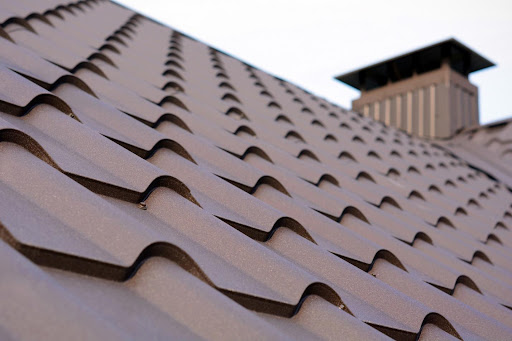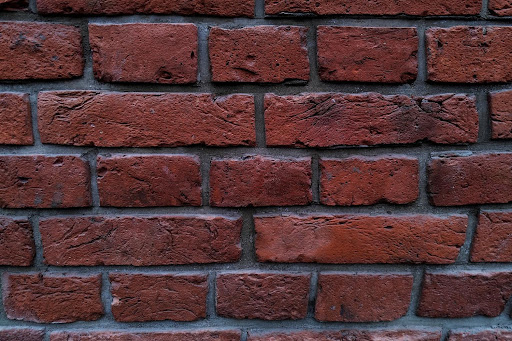Are you in need of a new roof but overwhelmed by the many roofing materials available? It can be challenging to determine which type of roofing material is best.
From asphalt shingles to metal roofing, this comprehensive guide to roofing materials will provide you with an in-depth look at the most popular options. You’ll also learn about the strengths and weaknesses of each type, making it easier for you to choose the perfect roofing material.
Whether you’re looking for a low-maintenance or energy-efficient roof that adds aesthetic appeal to your building, we will help you find the perfect roofing material to meet your needs. So, keep reading to discover the most common roofing options and their unique features.
1. Asphalt Shingles
Asphalt shingles are one of the most commonly used roofing materials in the United States. They are popular for various reasons, including their affordability, ease of installation, and availability in a wide range of colors and styles.
These shingles are also made of a mixture of asphalt and fiberglass, making them relatively lightweight and easy to work with. However, asphalt shingles have a shorter lifespan than other roofing materials discussed in this article and are more susceptible to wind damage.
2. Metal Roofing
Metal roofing is a popular choice for those who want a durable and long-lasting roof. Metal roofing is made from a variety of materials, including steel, aluminum, and copper. It can be manufactured in various colors and styles to suit any building design.
There are many benefits of metal roofing, including its longevity, energy efficiency, and resistance to fire and wind damage. Metal roofing is also an environmentally friendly option, as it is recyclable and can be made from recycled materials.
However, metal roofing can be expensive and may only be the best option for some buildings, depending on the local climate.
3. Wood Shingles and Shakes
Wood shingles and shakes are a classic roofing option that adds a warm and natural aesthetic to any building. These roofing materials are made from thin, split pieces of wood, such as cedar or redwood. They are often used in homes with a traditional or rustic design.
Wood shingles and shakes are durable and long-lasting, with a lifespan of up to 30 years with proper maintenance. However, they are also highly flammable and require regular maintenance to prevent rot and insect damage. The use of wood roofing is also becoming restricted in certain areas due to concerns about deforestation and sustainability.
4. Clay and Concrete Tiles
Clay and concrete tiles are durable and attractive roofing options that add elegance to any building. These tiles are made from clay, sand, water, or concrete. They are molded into various shapes and sizes to create a unique and appealing design.
Clay and concrete tiles are known for their longevity, with a lifespan of up to 50 years or more. They are also fire-resistant and low-maintenance. That makes them an excellent choice for durable and long-lasting roofs.
Although, clay and concrete tiles can be heavy and may require additional support in the roof construction.
5. Green Roofs
Green roofs are a type of roof that incorporates plants and vegetation into the roof construction. This roofing has many benefits. Those benefits include insulation, reduced stormwater runoff, and improved air quality.
Green roofs are often used on commercial and industrial buildings. And they can be either intensive (with deep soil layers and a variety of plants) or extensive (with shallower soil layers and hardy, low-maintenance plants).
While green roofs are a relatively new roofing material, they are gaining popularity due to their many environmental benefits and their ability to improve the overall aesthetic of a building.
6. Rubber Roofing
Rubber roofing is a newer material that is gaining popularity due to its versatility and ease of installation. This material is made from recycled rubber and is flexible, making it ideal for use on flat or low-slope roofs.
Rubber roofing is also resistant to fire, wind, and water damage. It is also low-maintenance, making it an excellent option for those looking for an energy-efficient and low-maintenance roof.
However, rubber roofing may only be suitable for some buildings. It can be slippery when wet and may not be ideal for climates with extreme temperatures.
7. Slate Roofs
Slate roofing is a classic material known for its durability and natural beauty. This material is made from dense, fine-grained rock cut into thin, rectangular tiles. Slate roofs are highly resistant to fire, wind, and water damage and can last up to 100 years or more with proper maintenance.
Slate roofing is often used on homes with a traditional or historic design. It is available in various colors and textures to match any style. However, slate roofing is also heavy and requires specialized installation, making it one of the more expensive roofing materials.
8. Standing Seam Metal Roofs
Standing seam metal roofs are a type of metal roofing that features vertical panels with raised seams that run the length of the roof. This type of metal roofing is durable, fire-resistant, and energy-efficient. It is often used on commercial and industrial buildings.
Standing seam metal roofs are low-maintenance and can last up to 50 years or more with proper care. Additionally, they are often made from recycled materials, making them a more environmentally-friendly roofing option. However, standing seam metal roofs may be expensive and require specialized installation.
9. Plastic Polymer Roofs
Plastic polymer roofs are a newer type of roofing material made from a combination of plastic and other materials. This material is lightweight, durable, and resistant to fire, wind, and water damage.
Plastic polymer roofs are low-maintenance and come in various colors and textures to match any style. Additionally, plastic polymer roofs are often made from recycled materials, making them a more environmentally-friendly roofing option. However, plastic polymer roofs are not as well-known as other roofing materials, and their long-term performance is still being evaluated.
Choosing the Best Roofing Materials
Regarding roofing materials, there are many options, each with its unique benefits and drawbacks. From asphalt shingles to metal roofing, it’s essential to consider factors such as durability, maintenance, and environmental impact when choosing the most suitable roofing material.
Whether you’re looking for a traditional or contemporary look, or a low-maintenance or energy-efficient roof, there is a roofing material to suit your needs. We hope that this comprehensive guide to roofing materials has provided you with the information you need to make an informed decision about your roof.
Check out our other construction and home improvement articles for more helpful tips!
68700423





